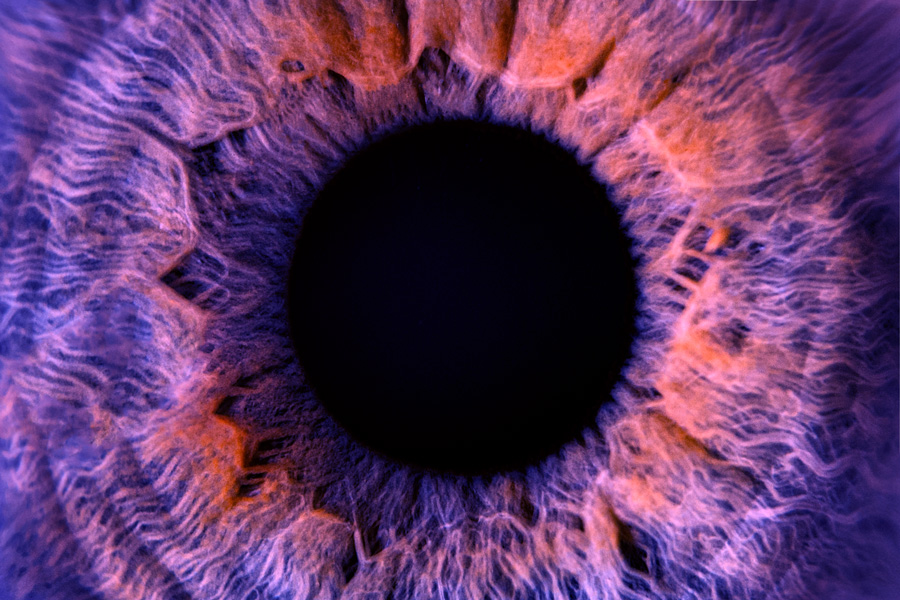Unlocking the Secrets of Vision: From Ancient Theories to Modern Understanding
Throughout history, our understanding of the human body has evolved significantly. From peculiar illustrations of organs to misguided beliefs like phrenology, there have been countless intriguing and often bizarre explanations for how our bodies function. The human eye, in particular, has captivated thinkers from every era, leading to a fascinating exploration of its workings. Join us on a journey through time as we delve into the captivating theories and advancements in our understanding of vision.
Extramission vs. Intromission: Unraveling the Mystery
Today, we have compelling scientific evidence that vision occurs when our bodies respond to the natural stimulus of light. As light enters our eyes through the pupil and stimulates the retina, signals are sent via the optic nerve to our brain, allowing us to interpret the images we see. However, it’s worth noting that extramission, the belief that something emanates from the eye to create vision, was widely accepted by both children and adults in the past.
The Great Debate Pro-Extramission vs. Pro-Intromission Thinkers
In ancient times, there was a fierce debate over the nature of vision. Proponents of extramission, including influential figures like Plato, Euclid, Ptolemy, Galen, and al-Kindi, believed that vision resulted from something emitted by the eye. On the other side of the argument, pro-intromission thinkers like Aristotle, Avicenna, and Ibn al-Haytham (Alhazen) contended that vision occurred when the eye received external light and processed it internally.
Ibn al-Haytham (Alhazen): A Paradigm Shift
Ibn al-Haytham, a brilliant Arab thinker, played a pivotal role in revolutionizing our understanding of vision. In his groundbreaking work, the “Book of Optics,” he synthesized the theories of his predecessors and presented a comprehensive and accurate explanation of intromission. He proposed that light reflects off objects, and the eye captures the rays that come into contact with it perpendicularly. The light is then concentrated and received by the center of the eye, challenging the prevailing extramission theories and establishing intromission as the prevailing explanation for vision.
Unveiling the Physical Anatomy of the Eye
Galen, a Greek physician and anatomist, made significant contributions to our understanding of the eye’s anatomy, despite the limitations he faced in conducting research. Although he supported extramission theories, Galen accurately described the vitreous and aqueous humors of the eye and emphasized the importance of the crystalline lens for vision. He even performed cataract removal surgeries that resemble modern procedures.
Thanks to the relentless pursuit of knowledge and the remarkable advancements in science and medicine, we now have a deeper understanding of the human eye and its intricate workings. At Twin Cities Eye Consultants, our experienced physicians and surgeons are dedicated to providing top-quality eye care to the Minnesota community. Whether you need a routine eye exam, eyewear prescriptions, or advanced procedures like LASIK, cataract surgery, or glaucoma care, our team is here to help. Schedule an appointment with us today by calling 612-999-2020. Embark on a journey towards clearer vision and optimal eye health.




